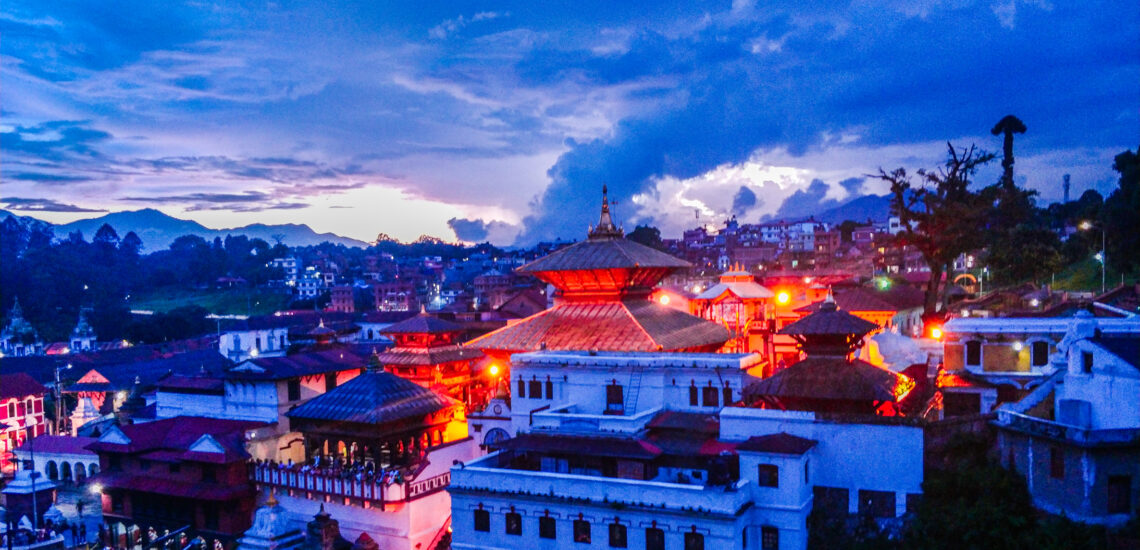Quick facts about Nepal:
- Population: Nepal has a population of approximately 30 million people.
- Official Languages: Nepali is the official language of Nepal.
- Capital: The capital city of Nepal is Kathmandu.
- Government: Nepal operates as a federal democratic republic.
- Currency: The official currency of Nepal is the Nepalese Rupee (NPR).
1 Fact: Nepal is a high-altitude country with the highest peak in the world
Nepal is a high-altitude country with Mount Everest, the world’s highest peak, soaring to 8,848 meters (29,029 feet) above sea level. The Himalayan landscape encompasses eight of the world’s 14 highest peaks, making Nepal a top destination for trekkers and mountaineers seeking challenging terrains.
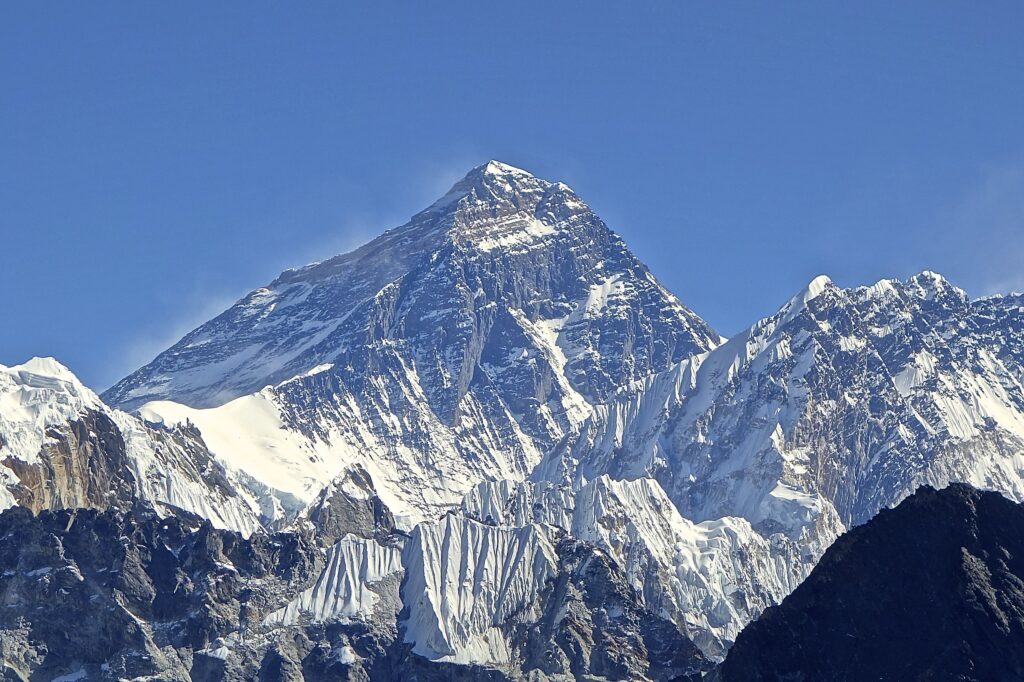
2 Fact: Nepal was the birthplace of the Yeti myth
Nepal is widely associated with the birthplace of the Yeti myth, a legendary and elusive creature often described as a large, ape-like being. The myth has captured the imagination of adventurers and researchers, contributing to the mystique of Nepal’s rugged and remote Himalayan regions.
3 Fact: The main religion in Nepal is Hinduism
Hinduism is the major religion in Nepal, followed by approximately 81% of the population. Other religions present in the country include Buddhism, Islam, and various indigenous belief systems.
Buddhism holds a substantial presence, particularly in regions like Lumbini, the birthplace of Buddha. Islam is practiced by a smaller percentage of the population, primarily in urban areas.
Nepal is renowned for its plethora of temples and religious sites. While exact numbers may vary, the country is home to thousands of temples, reflecting its rich cultural and religious heritage. Some notable religious sites include the Pashupatinath Temple, Swayambhunath Stupa, and Lumbini, all of which attract pilgrims and visitors from around the world.
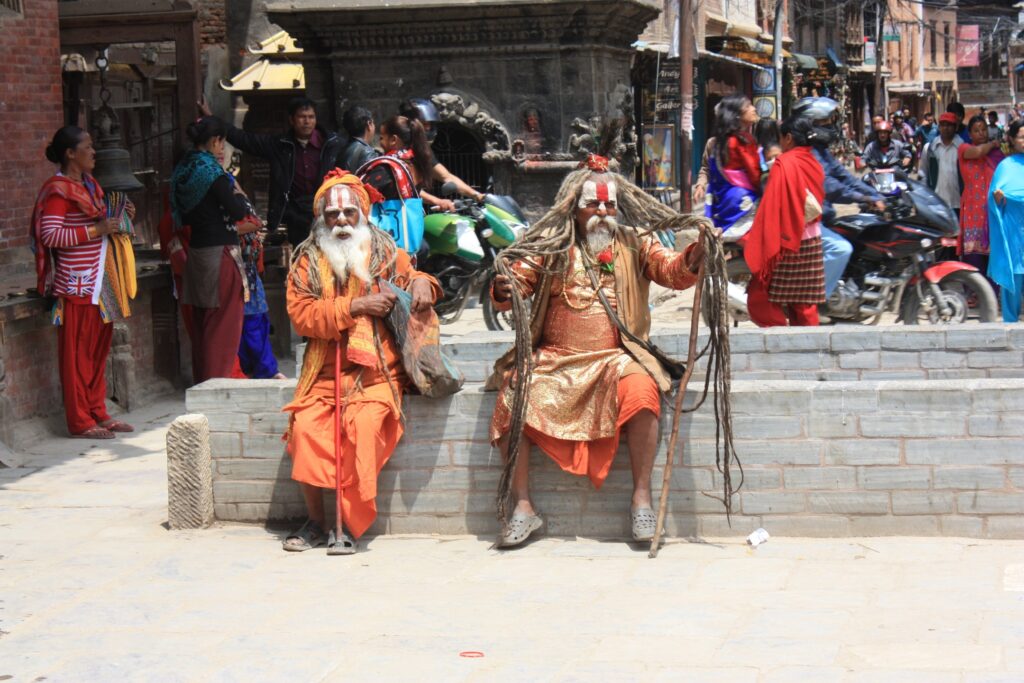
4 Fact: Nepal has the deepest canyon in the World
Nepal is home to the deepest canyon in the world, the Kali Gandaki Gorge. Carved by the Kali Gandaki River, this impressive natural formation reaches depths of over 6,000 meters (19,685 feet) between the peaks of Annapurna and Dhaulagiri. The gorge is not only a geological wonder but also a popular trekking route, offering breathtaking views of the surrounding Himalayan landscape.
5 Fact: The country has the slowest internet in the world
Nepal has faced challenges in terms of internet speed, and at times, it has been reported to have relatively slower internet compared to many other countries. Various factors contribute to this situation, including the country’s topography, limited internet infrastructure, and connectivity issues. Efforts are underway to improve internet access and speed in Nepal, recognizing its significance for both residents and visitors in the digital age.
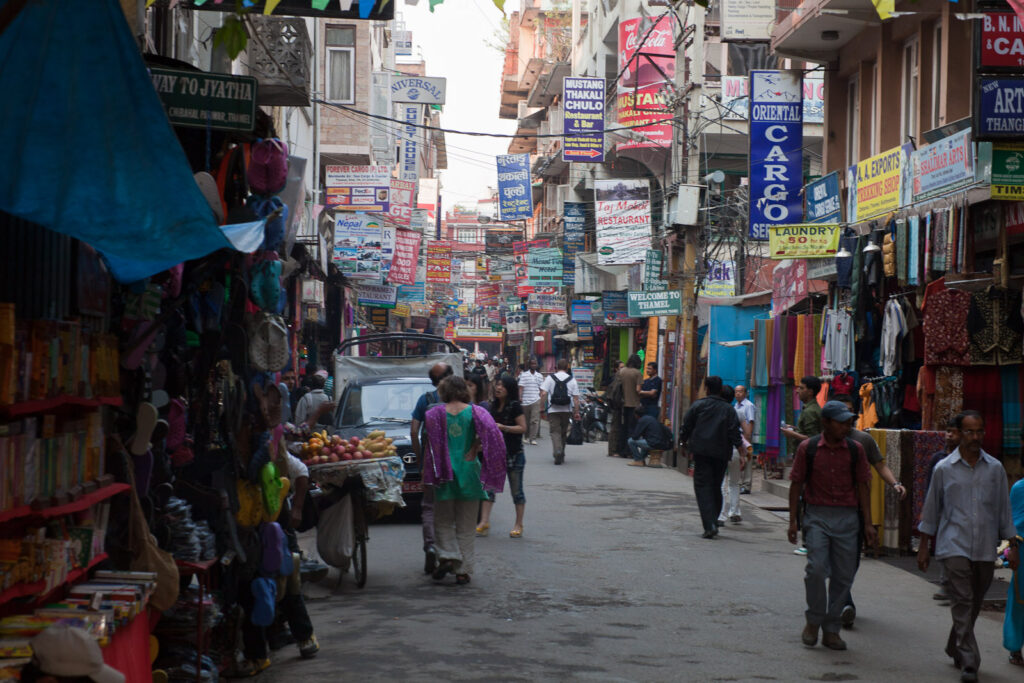
6 Fact: The highlands can only be reached by airplane
In Nepal, accessing the highlands often requires air travel, as the challenging mountainous terrain limits road infrastructure. Roads are primarily concentrated in the plains and foothills, making airplanes a crucial mode of transportation to reach remote and elevated areas, including popular trekking destinations and mountain villages.
Note: If you are planning to visit Nepal, find out if you need an International Driving License in Nepal to drive.
7 Fact: Nepal is a country of diverse ethnic groups and languages
Nepal is home to over 120 ethnic groups, highlighting its remarkable ethnic diversity. This diversity is reflected in the linguistic landscape, with more than 120 different languages spoken across the country. The major languages include Nepali, Maithili, Bhojpuri, Tharu, and Tamang. This multitude of ethnicities and languages contributes to the cultural richness that defines Nepal’s unique identity.
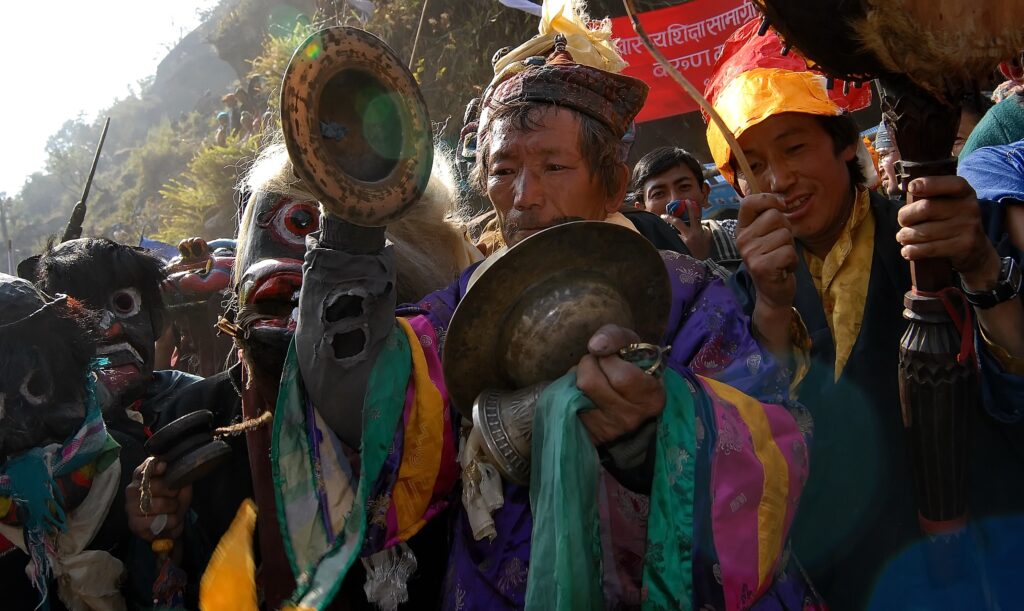
8 Fact: Nepalese flag is triangular
The national flag of Nepal is distinctive for its non-rectangular shape. It consists of two overlapping triangles, symbolizing the Himalayan mountains and adding a unique and recognizable element to the flag’s design.
9 Fact: Nepal has a national park with a wide variety of rare animals
Nepal is home to several national parks, and one notable example is Chitwan National Park. This park, a UNESCO World Heritage site, is renowned for its diverse and rare wildlife. Species such as the Bengal tiger, one-horned rhinoceros, Asian elephant, and various species of deer inhabit the park. Chitwan National Park offers visitors a chance to experience the rich biodiversity and natural beauty of Nepal.

10 Fact: Nepal has a different year than you
Nepal uses a unique calendar system called the Bikram Sambat, which differs from the more widely used Gregorian calendar. The Bikram Sambat calendar has its New Year’s Day, known as “Nepal Sambat,” usually falling in October or November, depending on the lunar calendar.

Published December 23, 2023 • 4m to read

